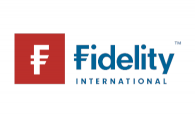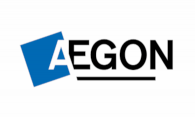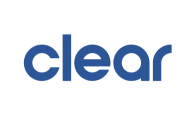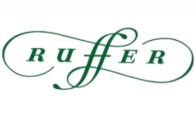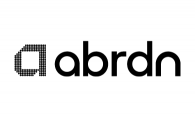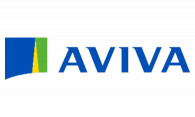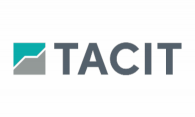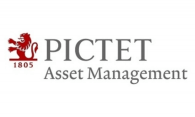The issue of the disclosure of trading costs as part of MiFID II has been rumbling on this week with arguments breaking out all over the place.
What is interesting is that most of this debate was kicked off by consultancy the Lang Cat.This followed several days of Twitter mutterings about the disclosure of hidden charges and more. Were the trades playing catch up again? At least the coverage was pretty decent when they got there, but it still feels like editors allowed another player from another part of the media landscape to set the agenda.
Money Marketing sets out to cover the various angles in the debate. These include why are trading costs so high, why are other managers showing trading costs at zero and why are fund managers have been so slow to communicate their costs. There is some discussion here of PRIIPs being at odds with MiFID II and partially responsible.
This is all very complicated and no doubt confusing to clients. In Portfolio Adviser, Nucleus boss David Ferguson suggests that the change will stop fund managers from herding on costs. Advisers also discuss their planned approach to discussing the change with clients.
Hogging some of the headlines comes the Transparency taskforce challenging the Investment Association to apologise for a previous statement where it compared hidden fund charges to the Loch Ness monster i.e. that it does not exist. Is that really the point of all this?
Elsewhere ‘IA adviser’ and, of course, former boss Philip Warland has branded PRIIPs as the worst piece of financial legislation ever due to its misleading performance scenarios with ‘manufacturers’ and advisers now told they are allowed to add a supplementary materials telling clients the Key Information Document may be over-optimistic.
Meanwhile, Ian Lowes managing director of Lowes Financial Management has won a wager with the Investment Association with a portfolio of structured products beating a tracker by around 20%.
The FOS finds in favour of a client which Beaufort Securities had argued should be timebarred but the really concerning part appears to be the FOS inferring from previous recommendations that the client did not want small caps shares. It also disputes that various trades were execution-only. It feels like one of those cases, where the assertion that FCA and FOS rules really line up could be sorely tested.
L&G is exploring new kinds of annuities says Chris Knight, chief executive of the firm’s retail retirement division.
The Guardian insurance brand is revived as a new protection player focused on IFAs enters the market. Protection is dominated by three brands so it will be interesting if Guardian can take a significant slice of the action.

